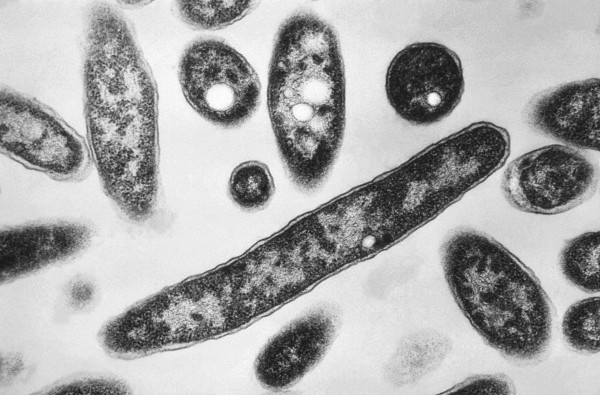NEW YORK (AP) — A New York City hospital and another city-run building were sources for a deadly outbreak of Legionnaires’ disease in Harlem that killed seven people and sickened dozens of others, health officials announced Friday.
The New York City Health Department said bacteria from cooling towers atop Harlem Hospital and a nearby construction site where the city’s public health lab is located matched samples from some of the ill patients.
The agency said they consider the bacterial cluster officially over since the last day anyone reported symptoms of Legionnaires’ disease was three weeks ago on Aug. 9. Since the outbreak, seven people have died and 114 people have been diagnosed with Legionnaires’ disease, while six people are in the hospital.
People usually develop symptoms — a cough, fever, headaches, muscle aches and shortness of breath — between two days and two weeks after exposure to the bacteria, according to the U.S. Centers for Disease Control and Prevention.
City health officials said all facilities in the affected area have cleaned and disinfected their cooling towers. They also are considering a series of changes to try to prevent future outbreaks. Among them are requiring building owners to test for Legionella every 30 days instead of the current 90-days and increasing the fines for violations for failure to comply with local cooling tower regulations.
Friday's announcement came a day after a seventh person, who died earlier this month, was deemed a part of cluster.
Some survivors, meanwhile, have already sued over the outbreak.
Two construction workers at the public health lab site said in a lawsuit filed last week that their employer failed to protect them from the disease. They've also given notice that they intend to sue the city itself.
Lawyers for the workers have said they believe that rainwater from recent storms was left untreated in cooling towers, leading to the outbreak.
The health department declined to comment Friday on the potential litigation.
Legionnaires’ disease is a type of pneumonia that is caused by Legionella bacteria, which thrives in warm water and typically spreads through contaminated mist.
Medical investigators have linked past city outbreaks to public fountains, air conditioning systems, spas, showers and even the misters than keep fruit moist in supermarkets. People simply walking by can get infected inhaling the mist, which can travel up to a mile, under some conditions.
State officials in 2015 enacted regulations requiring building cooling towers be regularly registered, tested and expected following an outbreak in the city.


















